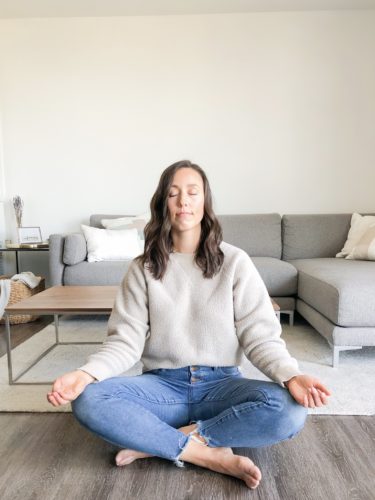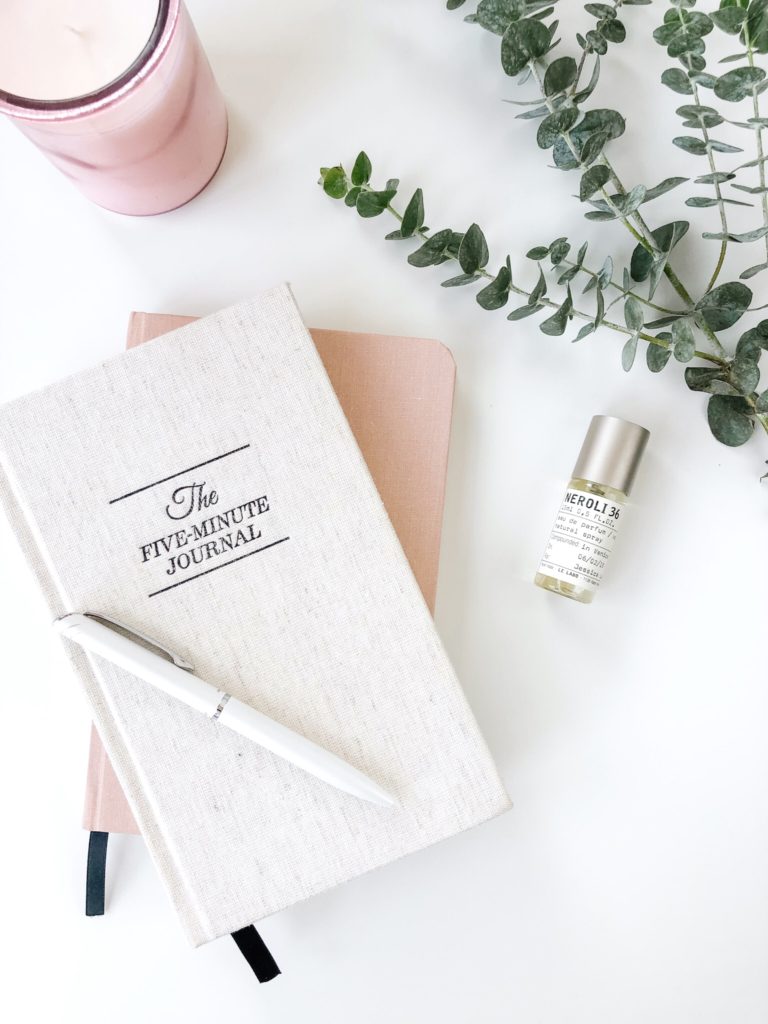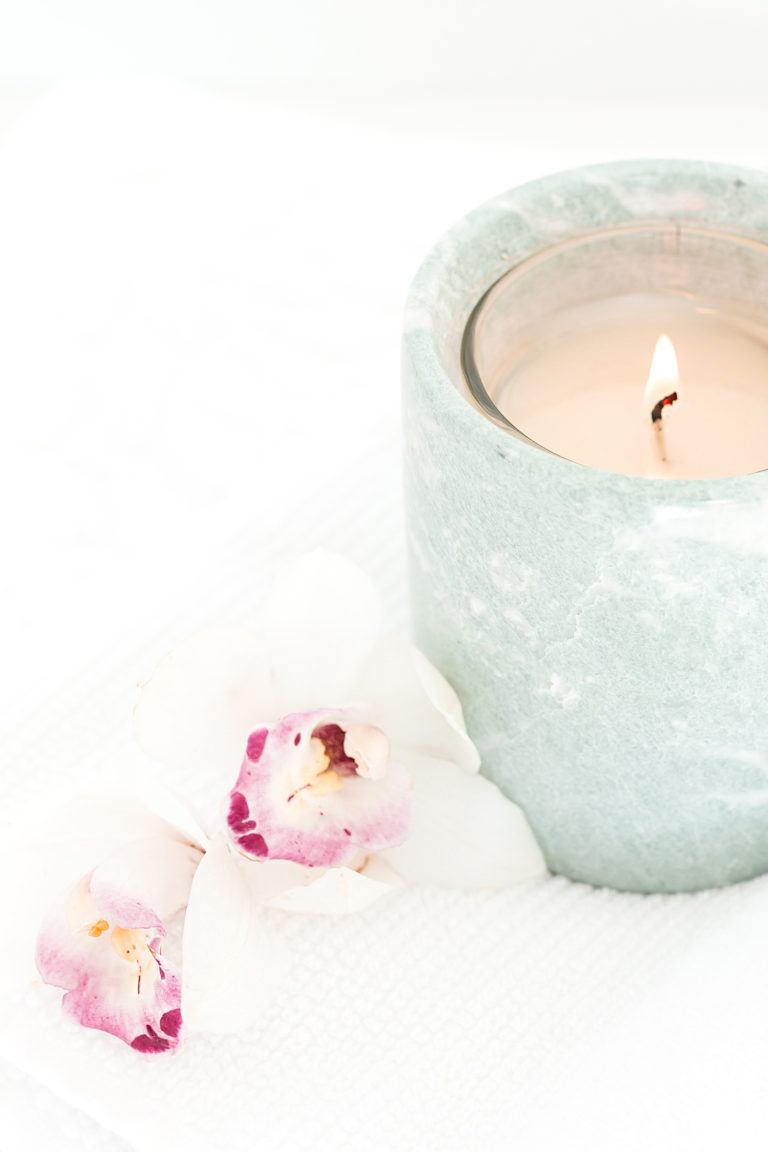The Ultimate Guide: How to Meditate

Meditation is no longer considered woo-woo.
I love how we’re able to openly share about the practice on social media and hopefully inspire others to begin their own practice.
I mean, with the massive list of benefits, why would you not try it?
Let’s get into this guide!
My story:
My first experience with meditation actually happened in college!
When I was a sophomore, my English professor turned our weekly class into a meditation session.
Back then, I definitely took this for granted and didn’t fully understand the benefits. I honestly just looked forward to his easy class.
A few years later, I remember being in a trance after closing out a yoga class in shavasana and a mini meditation.
I always loved how we ended in silence while the teacher shared a story or positive affirmation with us. It was honestly one of my favorite parts of class! I always felt so relaxed and refreshed – like I had taken a nap!
From there, I decided to start practicing meditation daily. I downloaded the app, Calm, and have continued to use their guided session. The rest is history!
Feel free to dive deeper and read about how I incorporate meditation into my simple + mindful morning routine.
What exactly is meditation?
Meditation is the practice of training your attention + awareness to achieve a calm and relaxed state. You’re basically going to observe any thoughts that pop up without judgement.
Learning to meditate is similar to learning any new skill. It’s going to take a lot of practice!
Believe me, we’ve all tried something new and have wanted to quit on the first day. But, be prepared to get uncomfortable at first.
Meditation have so many benefits to reap!
Tell me the benefits!
Daily meditation will greatly affect your overall well-being.
You might experience:
- greater sense of calm
- enhanced focus
- better sleep
- increase in pain tolerance
- increased levels of compassion
- lower blood pressure
- reduced wandering of the mind
- lower cortisol levels
- reduced symptoms of depression, anxiety and stress
So, where should I start?
1. Get comfortable.
Find a quiet area, sit upright and close your eyes. Sit cross-legged or in a chair. Feel free to rest your hands on your legs or in your lap. Focus on relaxing your face and shoulders.
2. Set a time limit.
If you’re new to meditation, I suggest starting as low as one minute and then working your way up to 10 minutes or more. There is no “right” or “wrong” amount of time. Do what feels right for you!
3. Focus on your breath.
Where do you feel your breath the most? The flow of air in and out of your nose? Your throat? Your lungs? Connect to the gentle sensation. Just observe it.
4. Notice when your mind wanders + bring it back to the breath.
Your mind is bound to wander an endless amount of times. And that’s okay!
Just let the thoughts go and come back to focusing on your breath.
5. End by coming back to your environment.
When your meditation practice is done, gently wiggle your fingers and toes and give your body a little stretch. Slowly open your eyes.
Notice how your body feels.
Ready to give it a go?
As you might have realized, meditation is so easy! The hard part is simply showing up and committing to the practice.
Have you tried meditation before? Tell me below how you feel after meditating! I’ll start — after meditating, I feel relaxed, at peace + ready to take on the day.





